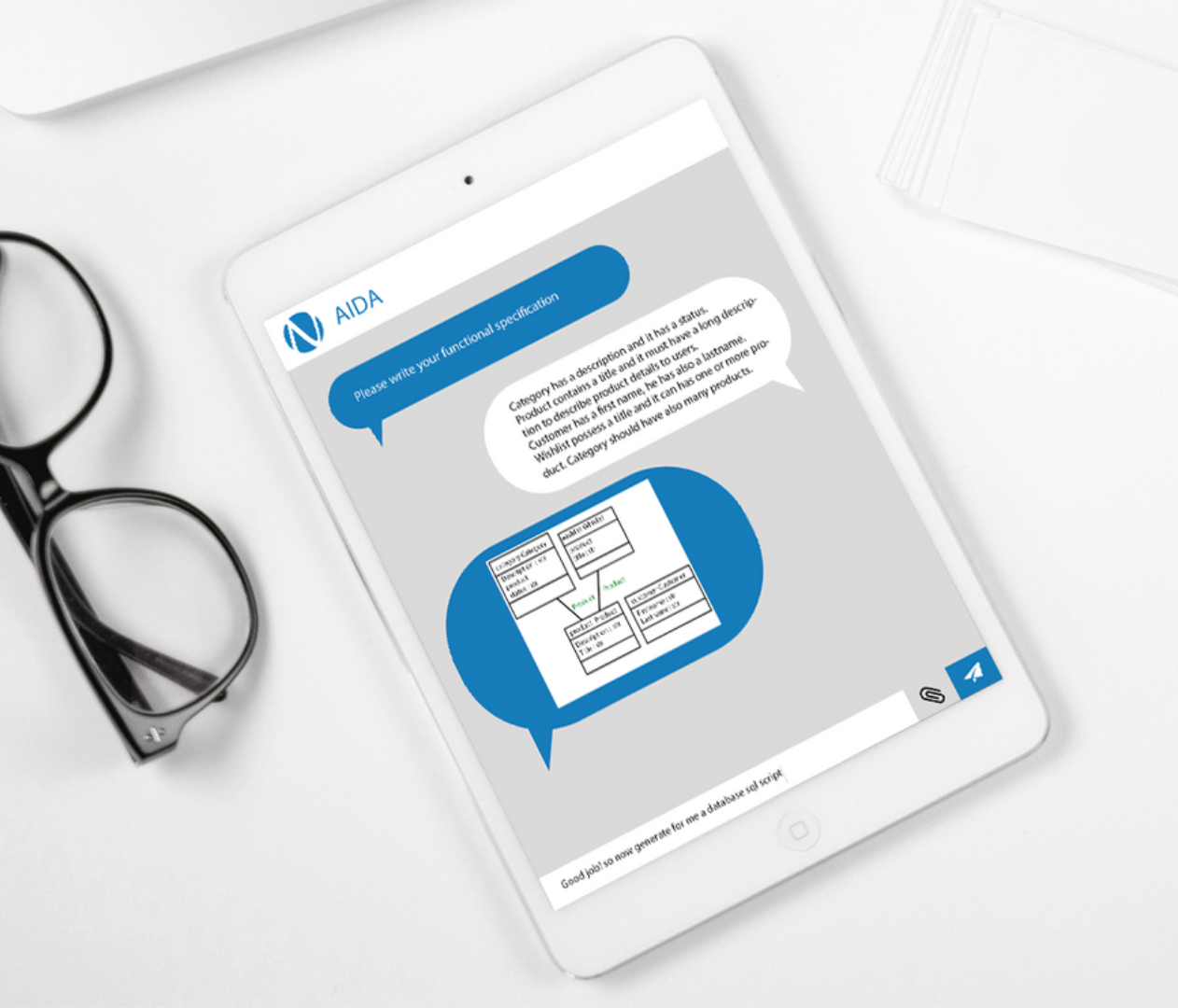What if 45% of your IT projects were automatically generated thanks to Artificial Intelligence? AIDA represents the first squad of intelligent agents to support developers in their daily work.
AIDA is one of the main projects in our Smart Programming program to design and implement artificial developers. The goal is to simplify computer development, overcome technological limitations and constraints, and eliminate repetitive work.
AIDA is capable to exchange in natural language with developers to generate code and thus create applications.
In a few words:
- Project around Smart Programming in the No / Low code philosophy
- Complex architectures using NLP and AI image processing
- Rethinking the way a developer interacts to generate applications
It is certain that the future of computing will involve the development of applications where the effort of “coding” will be less and less important, at least for a part of them. This is evidenced by the interest of industry giants such as Microsoft or the news from industry professionals..
Who can benefit from a project like AIDA?
- For developers
- For business analysts
- For citizen users
- For students
- …
In reality, AIDA is primarily aimed at computer scientists, but this is of course a first step, as the evolution of this type of Man-Machine interface is intended to facilitate access to the greatest number of people.
This is why AIDA is also fully involved in the “citizen developers” movement which is emerging but which has yet to prove itself.



